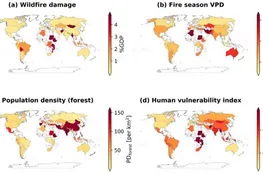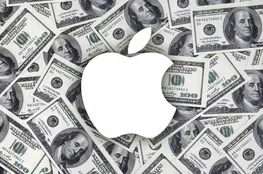France experienced a preliminary GDP growth of +0.3% in Q2 2025, exceeding the anticipated +0.1% growth rate. While this headline figure presents a positive initial assessment, a deeper examination of the contribution breakdown reveals a more nuanced economic picture. The core of the growth was driven by a largely flat performance in domestic demand, indicating a persistent struggle within the French economy. Specifically, consumer spending and business investment remained stagnant throughout the quarter, failing to generate significant upward momentum. Simultaneously, foreign trade contributions declined, with a decrease of 0.2% observed. This downturn reflects broader global economic headwinds and potentially reduced demand for French exports. However, the overall growth was partially cushioned by a notable increase in inventory changes, which rose by 0.5% during the quarter. This surge in inventory levels suggests that businesses were accumulating stock, potentially due to anticipating future demand or reflecting a cautious approach to production. The continued concern remains the ongoing weakness in French domestic demand, which has consistently lagged behind expectations. Following a disappointing -0.1% contraction in Q1 2025, domestic demand has failed to demonstrate a sustained recovery. This persistent underperformance highlights vulnerabilities within the French economy and raises questions about the effectiveness of current government policies. Analysts are closely monitoring this trend, anticipating it could impact future growth projections. The combination of flat domestic demand, declining foreign trade, and the inventory effect creates a mixed signal. While the 0.3% GDP growth is a positive step, the underlying factors suggest a fragile recovery and a need for further investigation. The data underscores the challenges facing the French economy as it navigates a complex global environment.
News
























